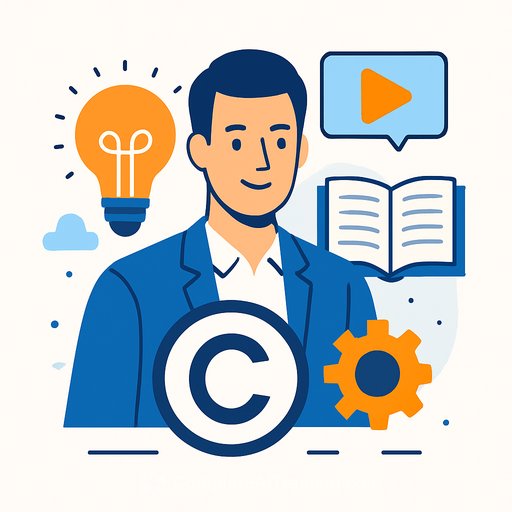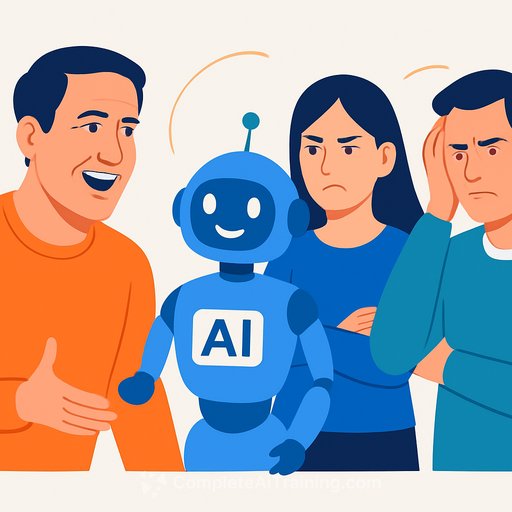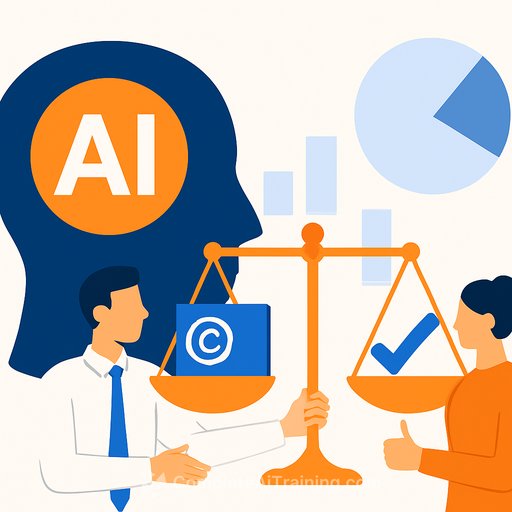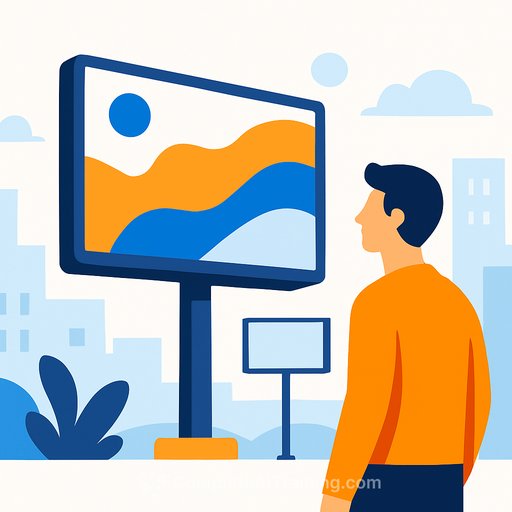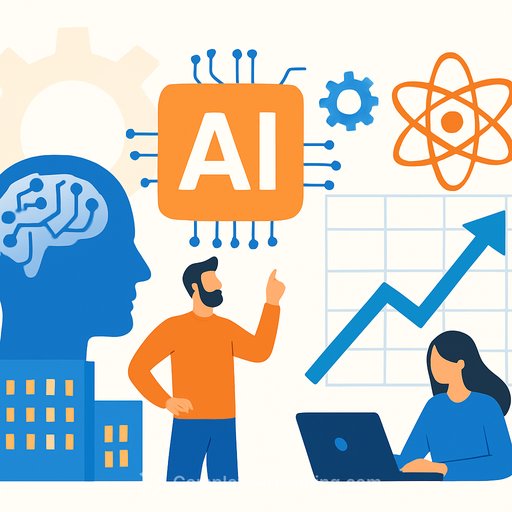Freepik's CEO on AI's limits, why storytelling still wins, and how to stay out of copyright trouble
AI didn't kill creativity. It expanded the toolset. That's the view of Joaquín Cuenca, CEO and co-founder of Freepik, who sees modern creatives becoming "creative engineers" - people who use tech to its limits while doubling down on story, message, and emotion.
If you build for clients, audiences, or brands, here's the signal: AI makes exploration fast, but taste and narrative still separate average work from great work. The process changed. The fundamentals didn't.
Creativity isn't dead - it's compound interest on better tools
Cuenca defines creativity as finding novel solutions with the tools you have. AI just widened the palette. That means more combinations, more iterations, and more responsibility to squeeze meaning out of the process.
The takeaway: your advantage is how well you frame the idea, set the angle, and provoke an emotion - then push AI to explore variants until something hits.
Meet the creative engineer
A creative engineer is a pro who pairs taste with technology. They don't accept vanilla outputs. They chase work that lands emotionally, then use AI to test routes to get there faster.
Cuenca points to Freepik Spaces - collaborative workflows, comments, and rationale - as a way to bring stronger feedback back into the process. Solo work often skips the hard part: sharpening the message. Team review fixes that.
Use AI safely: policy, privacy, and practical guardrails
Most AI risk comes from scattered tools and ignored terms. Staff sign up for multiple services, don't read the fine print, and unintentionally allow providers to train on client content. That's how private ideas leak.
Cuenca says Freepik Enterprise blocks that risk: customer data isn't used to train models (nor by partners inside the platform). They also provide insurance with one clear exception - intentional trademark violations. Draw overlapping circles and use them commercially, and you might hear from MasterCard. That's true with AI, Photoshop, or pen and paper.
If you touch brands, learn the basics. A few minutes here can save months of cleanup. See trademark basics from the USPTO.
Is AI actually democratizing creative work?
Yes - and that's good. Pros compare polished, mature industries to a new one and dismiss early outputs. But every field needed time to develop taste, standards, and process.
Like cameras did for photography, AI gives more people a way to make what's in their head. Some will click with AI who never clicked with a pencil or a camera. Tools don't matter. Results do.
Where AI still falls short (for now)
Images: small details used to break - fingers, text, micro-patterns. Models are improving fast. Wrong finger counts and mangled text are rarer, and the next wave should tighten this even more.
Edit models: instruction following keeps getting better. Complex, multi-step edits are still spotty, but progress is obvious.
Video: far behind images. Consistency across shots is shaky, longer clips are hard, and multi-sequence stories often drift. Expect steady improvements, but plan for short clips and manual fixes today. For context on where things are headed, see OpenAI's work on video generation like Sora.
Can you spot AI?
Static images can already pass blind tests in many cases. Video is catching up, but motion often gives it away. Still, investment is massive, and progress compounds. It won't take long before "Was this AI?" is a boring question.
A practical playbook for creative pros
- Message first: write the one-sentence takeaway and the emotion you want to trigger. Don't touch a model until that's clear.
- Act like a creative engineer: generate multiple paths quickly, then prune hard. Taste is the filter.
- Build feedback into the workflow: use a shared space with comments, rationale, and version notes so the story gets sharper, not just prettier.
- Choose enterprise-safe tools: verify data isn't used for training, confirm indemnity/insurance, and keep client assets inside protected environments.
- Avoid IP traps: no logos, no famous characters, no "lookalikes." If a design feels "close," it's probably too close. Skim the basic rules.
- Structure your edit prompts: simple to complex. Specify objects, relationships, style, and constraints. For video, define beats per shot.
- Quality checks: count fingers, scan text, watch edges and reflections, test continuity across frames/scenes.
- Ship short video: aim for 5-10s shots, storyboard transitions, and expect some manual cleanup.
- Label and archive: note AI-assisted work and keep source files for legal and client confidence.
- Keep learning: get faster at prompting, editing, and review loops. If you want structured practice, explore prompt courses or browse AI courses by job.
The bottom line
AI is a powerful brush. It won't write your story or care about your audience - that's on you. The creatives who win will pair original angles with tight workflows, safe tools, and relentless iteration.
Tools change. The job - to make people feel something - doesn't.
Your membership also unlocks:

